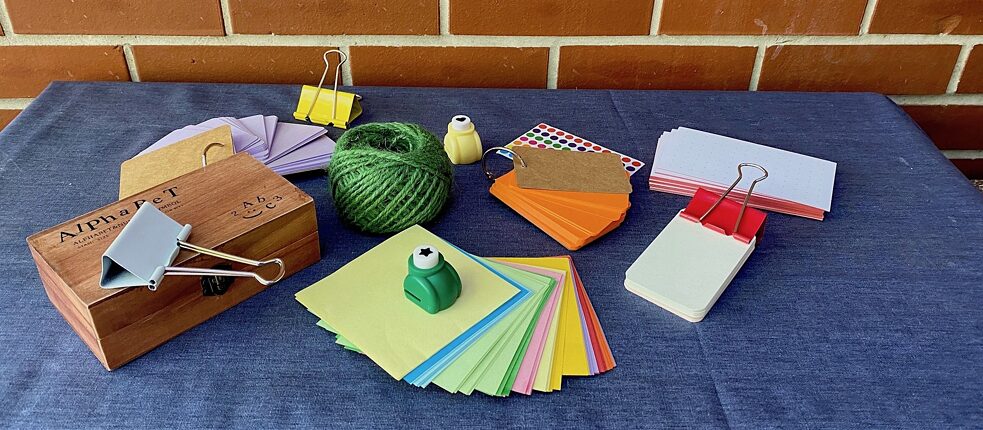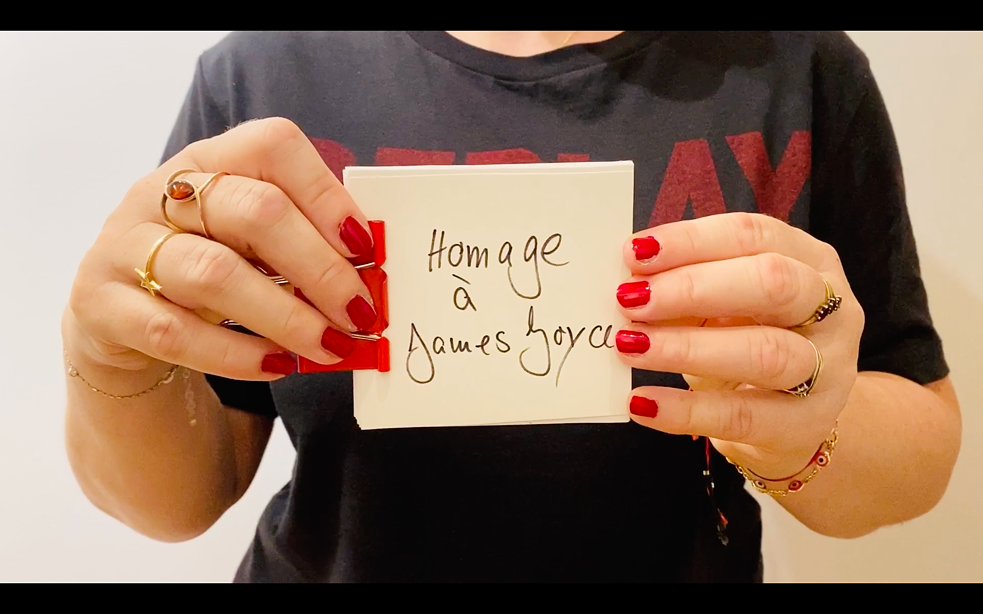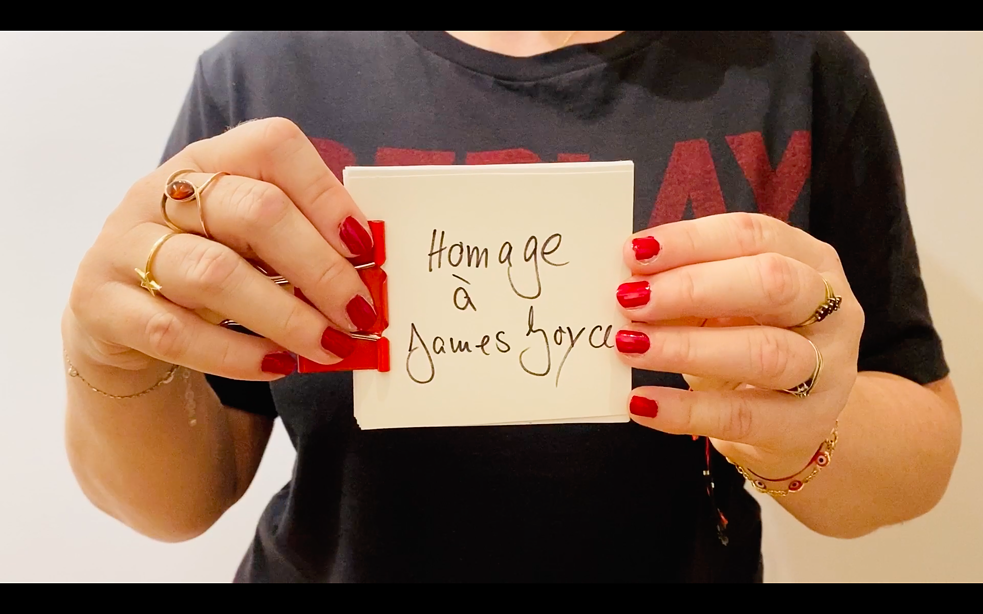Edgar Leciejewski’s bildarchive
Insert your DIY Flip-book here

Remember what we discovered from a close reading of Edgar Leciejewski’s bildarchive, dine & dash? How a slim photo book can be a Polaroid series, image archive, exhibition catalog, postcard collection, limited edition artwork, and a flip-book. Leipzig photographer Leciejewski is the best inspiration for working from a strong concept, transgressing art (and book) conventions, and realizing story opportunities right in front of you. Time to be your own art director and make a flip-book.
By Jutta Brendemuhl
According to Merriam-Webster, a flip-book is a series of illustrations of an animated scene bound together in sequence so that an illusion of movement can be imparted by flipping them rapidly. Wiktionary defines it as a booklet containing a sequence of near-identical images so that flipping rapidly through the pages produces an illusion of animation. You might remember them from your childhood or never actually have used one. Either way, if I can make one (see my experiments below), you can do it too.
Some tips:
- Tell a story and think cinematically – every comic strip, cartoon, animation, or film starts with a flip-book-type idea on a storyboard.
- Imitation can be the sincerest form of flattery: Inspired by Edgar Leciejewski’s dine & dash series of Polaroids, create a #stayathome photo flip-book out of your window.
- For your flip-book, you can draw, hole-punch, or photograph; you can write concrete poetry, revealing letter for letter and back over 17 pages: exposure / exposur / exposu / expos / expo / exp / ex / e / ex / exp / expl / explo / explos / explosi / explosio / explosion. Or cut and paste from magazines, for example collecting photos of politicians’ facial expressions and morphing them from cheery to frustrated (or reverse?).
- Use strong paper or very light cardboard (blank index cards, the back of unused postcards, the insides of cereal boxes) and keep some spares for experimentation and glitches. Or use a ready-made small empty notebook or ring binder.

- With 15 images and up, you can create movement; more is better (for example three of each photo like I did in my He Loves Me sunflower flip-book), then you can capture smaller steps, more detail, tell a smoother, more captivating story.
- The flip-book is based on the idea of a series of images that are nearly the same and thus appear animated. Each of your images has to show a slight shift, a moment’s lapse, an imagined continuation of the previous image, like the sun coming up through your kitchen window or a letter dropping.
- There are no content rules. A flip-book can be emotional, funny, minimal, black-and-white or color or (gradually) both, big or tiny, subtle or wild, one- or two-sided (e.g. in one direction, we see a breaking heart, on the flipped over “way back” we see a healing heart). Your theme is probably right in front of you—the slowly rising yeast blob for your home-made COVID sour dough bread is calling.
- Experiment. You might not succeed in capturing the car speeding past your house in 15 images (or perhaps you will with your smartphone’s burst function). A choreographed, controlled movement of a manipulated object or instructed person is easier: Have someone dance a slow floss or walk up the stairs while boxing like Rocky—stopping every few inches for you to take a photo—might work better than you waiting for your cat to stretch.
- If you think you’re not “artistic” (that misconception is a topic for another art exploration series), think deconstructivism: Print out 15 screenshots of a starkly “framed” video like Wolfgang Tillmans’ boiling peas and convert them into a flip-book format. Or (safely) create a Tillmans photo homage on your stovetop. Speaking of Tillmans: One of the most impressive examples of an artwork at the cerebral intersection of static and moving image is his nearly-not-video Heartbeat, which I found a few years ago in the Julia Stoschek Collection.
- You can bind your book, with or without a cover, with duct tape, strong staples, thick thread through a few punched holes, or simply (and easy to rearrange) clip it.
- Enjoy your book: Flip it fast and slow, to music or a mini-narration (remember that concrete poetry example above and channel Austrian sound poet Ernst Jandl as you record) or a crescendo whistle. Perform it for family and friends, tape it in slow-mo or time-lapse, gift it, mail it, drop it on a park bench or into a neighbor’s mailbox. Start a flip-book club.

Congratulations, you have made art, you are an artist. Joseph Beuys and Edgar Leciejewski are cheering in the background.
P.S. If you want to take it further, you can also make your own museum.